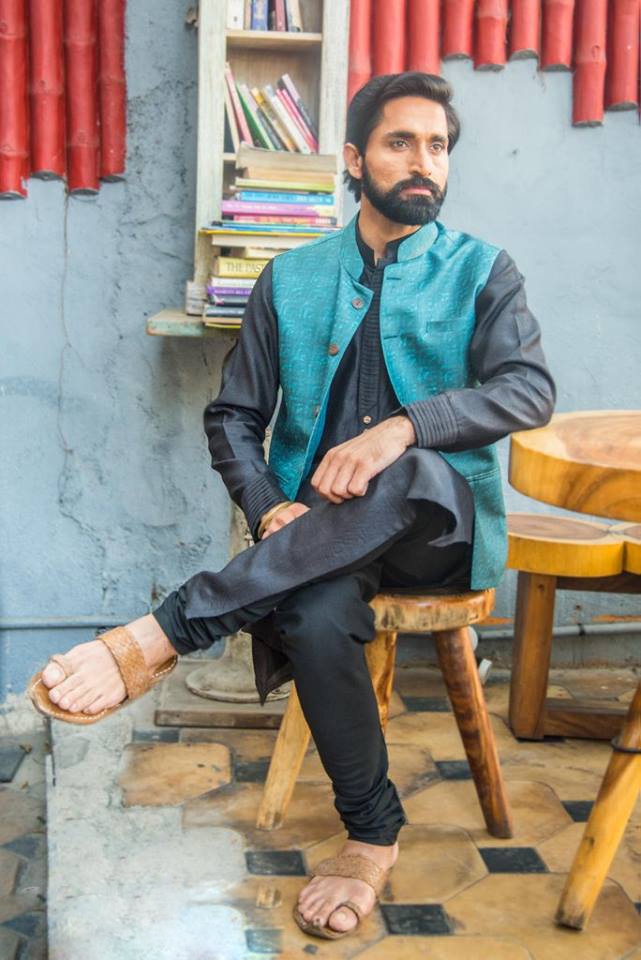Although the art of hand block printing is said to have originated in China, the state of Rajasthan in India is the most prolific producer of hand block printed fabrics. Mud resist printing is a special variation, traced back to circa 675 A.D. Today it is commonly acknowledged that the village of Akola, in the Chittorgarh district of Rajasthan, is the originator of the unique Dhabu printing style which uses mud resists. It is said, each dhabu-printing family has its own secret recipe for the dhabu paste, which is taught only to the daughter-in-law!

Dhabu printing is a complicated, labour-intensive process. After the plain fabric is carefully washed to remove any impurities which may interfere with the dyeing process, the designs are painstakingly hand printed on to the fabric using blocks which are dipped into fast dyes. The next and crucial step involves the use of the mud resist which makes this print so unique. Ingredients like mud, gum, lime and waste wheat chaff are combined to make the ‘dhabu’ or mud resist paste which is then patted over certain parts of the design. The paste is dried with sprinkled sawdust. This covering essentially protects these parts of the fabric from the dye used later on, creating a unique and colorful effect.
After this process of printing, the fabric is dried in the sun. It is then dipped into a vat of dye, dried again and finally given a thorough washing to remove the paste and any excess dye. Typically natural vegetable dyes and pastes are used. The uncovered parts of the fabric catch the color while the dhabu covered bits remain plain. The fabric may be dyed more than once in different colors to create deeper, multi-coloured effects.
Hand block printing is essentially a village handicraft, which is practiced as a family business, with the older generation passing on the secrets of the craft to the next. These artisans tend to produce the more traditional and classic varieties of prints which are obviously considered the most authentic.
Today, there is a renewed interest and appreciation of this village craft. New-age designers, craftsmen and fashion-lovers across the world are inspired by dhabu printing. They are learning the technique from the regional artisans and then adding their own unique twist. They are even experimenting with newer fabrics like silk, georgette, crepe, etc.
At Praan:t, a top fashion studio in Pune, designer Monika Chordia is currently working with Dhabu printers to create an exclusive designer collection of contemporary silhouettes for her upcoming exhibition in July 2017. Smart casual wear for ladies and eye-catching accessories await the fashionista who appreciates the art and effort that goes into such hand-created beauties. In Praan:t’s new collection, custom-made block printed textiles in dhabu style will mingle with clamp-dyed fabrics and Chanderi textiles with creative surface augmentation such as gold block-printing, embroidery and bead work to craft an eclectic range of bespoke apparel for women. It’s all part of Monika Chordia’s effort to present and promote India’s rich tradition of handloom and printing crafts. Other hand crafts to be seen in the upcoming collection include Chanderi handlooms from MP, hand block-printed fabrics from Gujarat and Bhuj embroidery. More info, visit;- http://www.praant.com/
